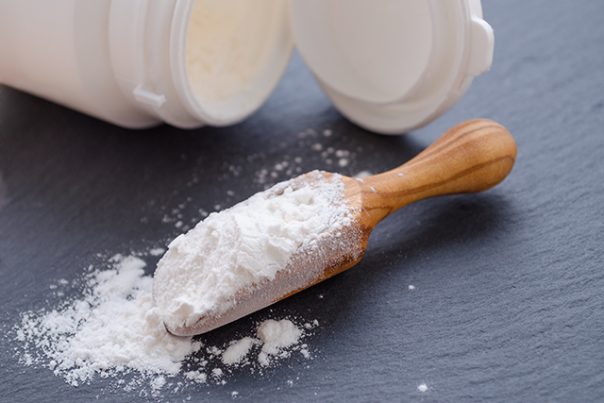
Maltodextrin sources, health risks
Thursday, October 05, 2017 by Rhonda Johansson
http://www.naturalpedia.com/maltodextrin-sources-health-risks.html

Maltodextrin is a common food additive used as a partial sweetener and bulk-adding agent. It is considered an artificial carbohydrate produced by the hydrolysis of various starch products. Some medical experts claim that maltodextrin can be used by people who are following a strict gluten-free diet. However, there is more research to suggest that consuming large amounts of this substance does more harm than good.
In America, maltodextrin is made from corn or potato starch, whereas other countries typically use rice or wheat starch. This is where the controversy arises, as around 90 percent of the corn produced in this country is deemed to be genetically-modified. Regardless of its chemical structure and influence, however, maltodextrin has absolutely no nutritional value whatsoever.
For the most part, maltodextrin is a cosmetic agent. It is versatile and cheap and has great appeal for food manufacturers. It can be used as a filler for food without affecting overall taste. The additive is likewise added to certain beers to improve the body and smoothness of the drink without adding extra ingredients like yeast. It is also used as a preservative to extend shelf life.
The most important contraindication for maltodextrin remains its high glycemic index. Despite its (assumed) usefulness for those suffering from Celiac disease, maltodextrin has an extremely high glycemic index that ranges from 85 to 135.

Harmful effects that can be caused by maltodextrin
Maltodextrin is notorious for quickly raising blood sugar levels. This speed is further enhanced by the fact that the food additive is readily absorbed by the gut. Numerous reports have concluded that food items that contain maltodextrin are more likely to cause what is known as the “sugar crash” in which people experience a massive drop of energy after peaking. This leads to intense hunger and cravings — often for more, similarly unhealthy food.
Consequently, there is a ripple effect to taking maltodextrin. Drops in blood sugar can cause people to eat high-fat, sugar-based foods to satiate their hunger. This can encourage dramatic weight gain, especially if one practices a sedentary lifestyle.
Maltodextrin can likewise impact your gut microbiome. Recent analyses reveal that there is indeed a connection between the gut and the brain. A lot of illnesses to date (even those that are supposedly incurable) can be alleviated just by striking the correct balance of bacteria in the gut. Unfortunately, maltodextrin is — as we mentioned earlier — an artificial carbohydrate. It is substandard at best and should not be anywhere in your body. Scores of studies concluded that maltodextrin can cause bad bacteria to flourish while making the gut inhospitable for good bacteria. This increased a person’s risk to various diseases, not least of which is a bacterial infection.
Some people have claimed that maltodextrin can cause other gastrointestinal issues such as bloating, diarrhea, and vomiting. If you notice any distress in your abdomen after consuming maltodextrin, immediately discontinue consuming it.
Body system harmed by maltodextrin
Maltodextrin affects your entire body. It can be useful in providing that necessary oomph during moments of lethargy, but its capacity to induce massive sugar crashes should be dealt with wisely. As such, diabetics or pre-diabetic patients should completely avoid taking this food additive.
Where to learn more
- Shock finding: Most probiotic supplements made with genetically modified flow agents, fillers
- Scam: No trace of Aloe Vera found in products at Walmart, CVS
- Consumer alert: Most common vitamins, including children’s vitamins, found to contain GMOs
- Your Weekly Food-Like-Product – Doritos Pt.1
- 5 Toxic Protein Powder Ingredients
Summary
Maltodextrin is a cosmetic, artificial food additive derived from starch sources. It has a high glycemic index and should be avoided by diabetics.
Sources include:
Tagged Under: Tags: Maltodextrin





